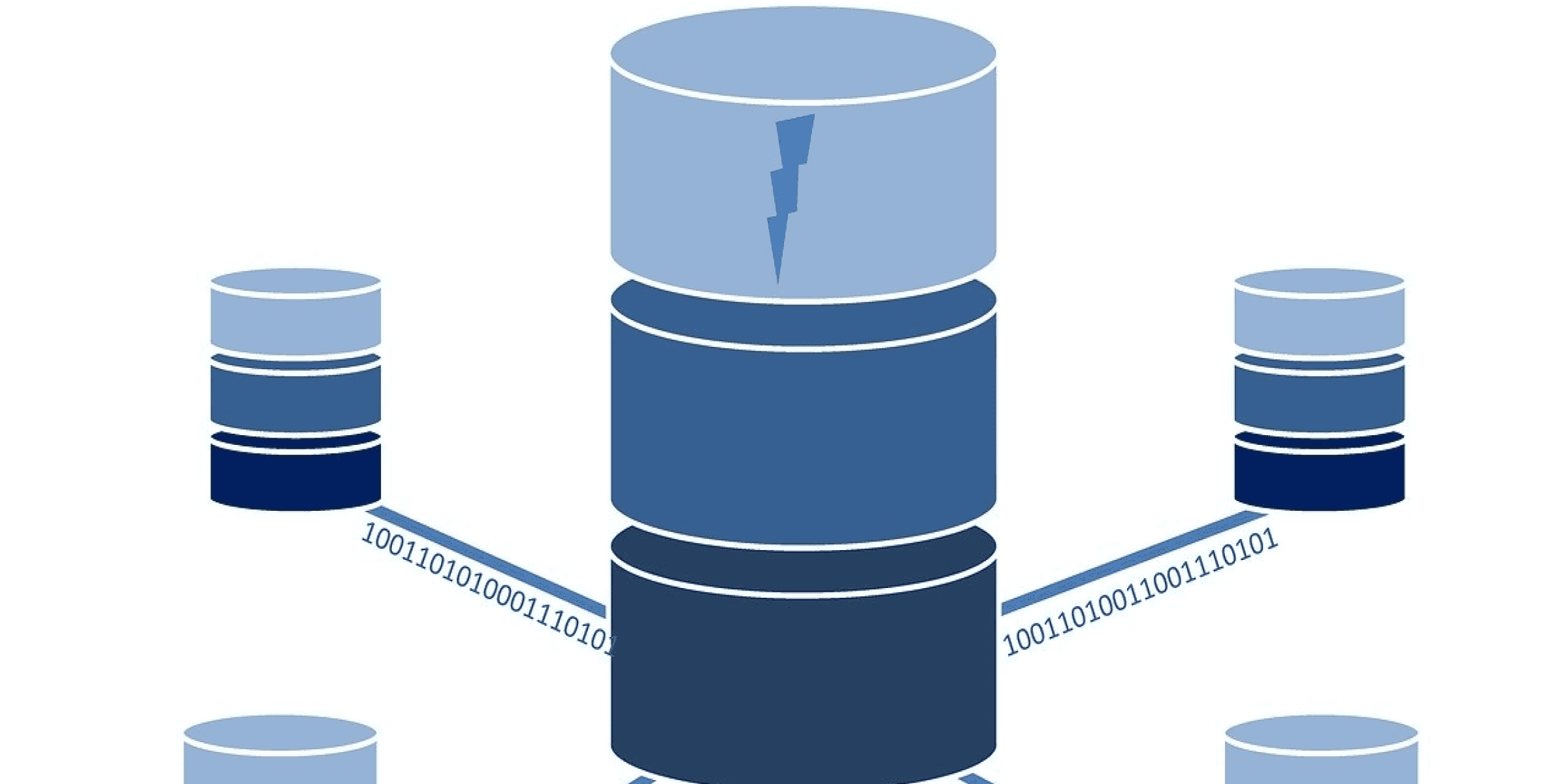The Architecture of Vector Databases: A Deep Dive

Understanding the architecture of vector databases is crucial for leveraging their full potential. This blog will delve into the core components of vector databases, explaining how they manage to handle complex, high-dimensional data so efficiently.
Core Components of Vector Databases
1. Vector Embeddings:
Definition: Vector embeddings are mathematical representations of data points in a high-dimensional space.
Creation: These embeddings are typically generated using machine learning models such as Word2Vec, BERT for text, or convolutional neural networks (CNNs) for images.
2. Indexing Structures:
KD-Trees: A binary tree structure that partitions space for efficient nearest neighbor searches.
HNSW Graphs: A graph-based approach that facilitates fast approximate nearest neighbor searches in high-dimensional spaces.
Product Quantization: A technique that reduces the dimensionality of vectors for more efficient storage and search.
3. Similarity Search Algorithms:
- Exact Search: Finds the exact nearest neighbors but can be computationally expensive.
- Approximate Search: Balances accuracy and performance, often preferred in large-scale applications.
Data Storage and Retrieval

- Ingestion Process: Data is ingested and converted into vectors through embedding models.
- Indexing: Vectors are indexed using the aforementioned structures, allowing for rapid retrieval.
- Query Processing: Queries are processed by converting them into vectors and searching for the nearest neighbors within the indexed data.
Performance Optimization
- Parallel Processing: Leveraging multi-core processors and distributed computing to handle large datasets.
- Caching Mechanisms: Reducing query latency by storing frequently accessed data in memory.
- Load Balancing: Distributing data and queries across multiple nodes to ensure consistent performance.
Use Cases and Benefits
- Scalability: Capable of handling billions of vectors and scaling horizontally across distributed systems.
- Speed: Optimized for fast search and retrieval, crucial for real-time applications.
- Flexibility: Adaptable to various data types, including text, images, and multimedia.
Conclusion
The sophisticated architecture of vector databases enables them to manage and retrieve high-dimensional data efficiently. Understanding these core components and their interplay is key to harnessing the power of vector databases for your applications.
Consult us for free?
View More


